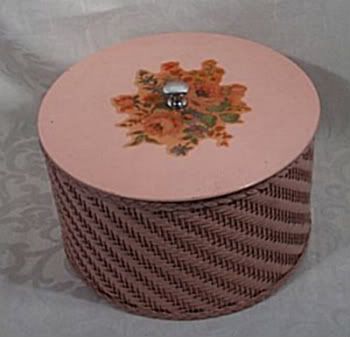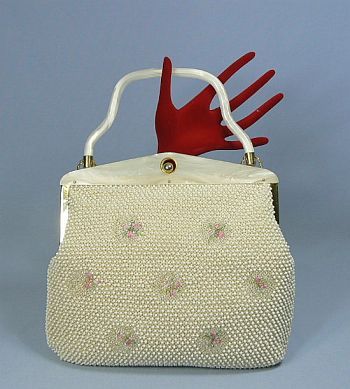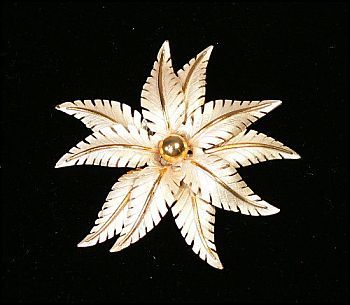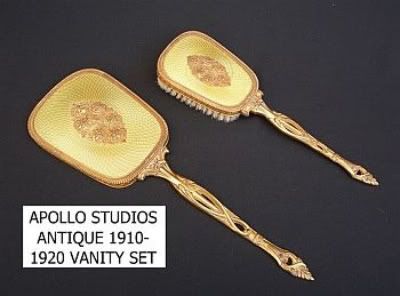But Mother's Day has its roots in ancient celebrations of motherhood, which, rather than being human oriented, focused on symbolism, myth, and religion. The Egyptians' annual celebration of the goddess Isis, the "mother of the pharoahs," is one of the earliest recorded homages to motherhood. The Greeks honored Rhea, their mother of the gods. And the Romans celebrated the goddess Cybele, or "Magna Mater" (Great Mother). The Roman festival occurred in March, around the same time as the Greeks' celebration of Rhea. Among the Roman traditions were the eating of honey cakes and the sharing of flowers. Games and parades also marked the day. The celebration of Cybele was shared by many countries.
Later European celebrations of motherhood were in reference to the Christian Church and fell during Lent, on the fourth Sunday. Parishoners honored the church in which they were baptized (their "mother" church). "Mothering Day" became, in 17th-century England, a celebration of real mothers. Working women were given leave to visit their families, the Lenten fast was suspended for family feasts, and mothers were honored with cakes, flowers, and visits from children who lived at a distance.
When the Pilgrims settled in North America, they stopped celebrating Mothering Day, so there was no tradition in the United States of honoring mothers on a particular day of the year. But, in 1870, Julia Ward Howe, who wrote the lyrics to The Battle Hymn of the Republic, called for an international Mother's Day to celebrate peace and motherhood. Dismayed over the devastation of the Civil War, she called upon mothers to protest the killing of each others' sons. This "Howe's Mother's Day" was celebrated for about a decade, but eventually faded away. However, it planted the seed that would be fertilized by Anna M. Jarvis after the death of her own mother. Ironically, Ms. Jarvis would, in later years, become incensed by what she saw as the deplorable commercialization of the holiday she had devoted her life to seeing to fruition.
Today many countries across the globe celebrate the American version of Mother's Day, or one similar to it, while the English Mothering Day is now called by either name. It is, however, still celebrated on the fourth Sunday in Lent. In all these countries, gift giving has become traditional.
Mother's Day gifts can be lavish or inexpensive, large or small, practical or just for fun! We think vintage items are wonderful gifts, either to give or to receive. Many moms enjoy the nostalgia that comes with a gift reminding them of their childhoods and their own mothers, while many appreciate the finer quality of yesterday's treasures. We have a few ideas for making Mother's Day a vintage one!
From After Dark Vintage, we have this 1950s Black Fabric Box Style Purse Handbag

And a Sweet Vintage Pink Wicker Harvey Sewing Basket with Contents

Vintage Baubles Too has this Vintage Mesh Bead and Lucite Spring / Summer Handbag Purse

And this Vintage Lisa Jewels Large Enamel and Goldtone Floral Brooch / Pin

Featured at Catseye Vintage are an Antique 1910 - 1920s Apollo Studios Faux Guilloche Enamel Signed Hand Mirror and Matching Unused Hair Brush Vanity Set

And this Antique 1900's Victorian Gold Filled 49.5" Slide Chain with an Opal Gem Stone and Seed Pearls


And a Sweet Vintage Pink Wicker Harvey Sewing Basket with Contents

Vintage Baubles Too has this Vintage Mesh Bead and Lucite Spring / Summer Handbag Purse

And this Vintage Lisa Jewels Large Enamel and Goldtone Floral Brooch / Pin

Featured at Catseye Vintage are an Antique 1910 - 1920s Apollo Studios Faux Guilloche Enamel Signed Hand Mirror and Matching Unused Hair Brush Vanity Set

And this Antique 1900's Victorian Gold Filled 49.5" Slide Chain with an Opal Gem Stone and Seed Pearls

(Mother's Day information excerpted but not copied, in part, from www.mothersdaycentral.com and other resources.)















0 comments:
Post a Comment